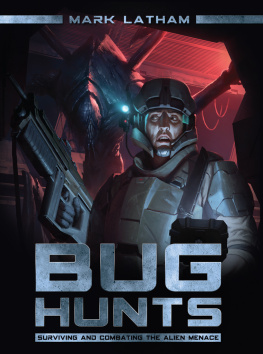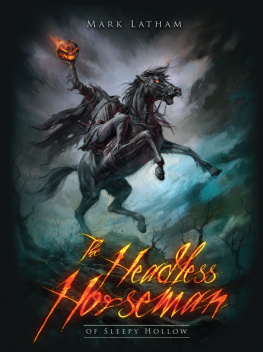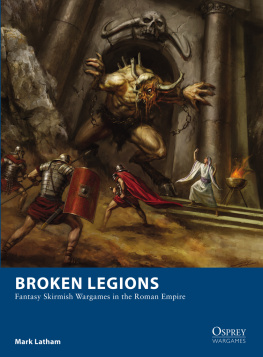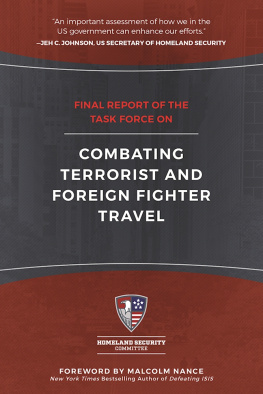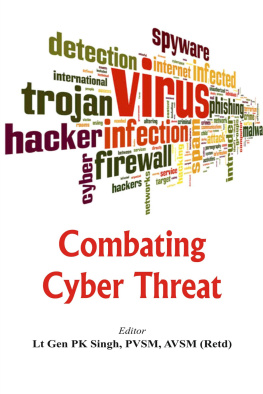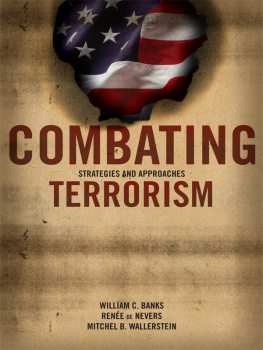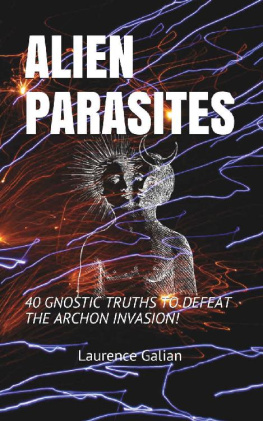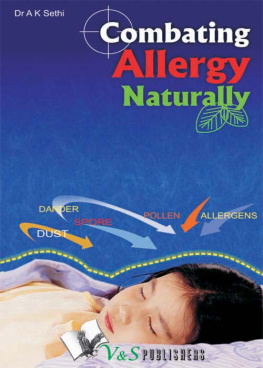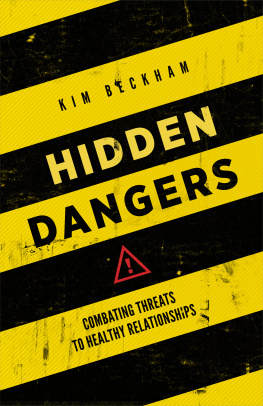
First published in Great Britain in 2015 by Osprey Publishing,
PO Box 883, Oxford, OX1 9PL, UK
PO Box 3985, New York, NY 10185-3985, USA
E-mail:
Bloomsbury is a registered trademark of Bloomsbury Publishing Plc
Osprey Publishing, part of Bloomsbury Publishing Plc
This electronic edition published in 2015 by Bloomsbury Publishing Plc
2015 Osprey Publishing Limited
All rights reserved
You may not copy, distribute, transmit, reproduce or otherwise make available this publication (or any part of it) in any form, or by any means (including without limitation electronic, digital, optical, mechanical, photocopying, printing, recording or otherwise), without the prior written permission of the publisher. Any person who does any unauthorised act in relation to this publication may be liable to criminal prosecution and civil claims for damages.
No responsibility for loss caused to any individual or organization acting on or refraining from action as a result of the material in this publication can be accepted by Bloomsbury or the author.
The Publisher has made every attempt to secure the appropriate permissions for material reproduced in this book. If there has been any oversight we will be happy to rectify the situation and written submission should be made to the Publishers. All uncredited images are assumed to be in the public domain.
A CIP catalog record for this book is available from the British Library
Print ISBN: 978-1-4728-1071-7
PDF e-book ISBN: 978-1-4728-1072-4
EPUB e-book ISBN: 978-1-4728-1073-1
Typeset in Garamond Pro and Briem Akademi
Osprey Publishing/Shire Publications supports the Woodland Trust, the UKs leading woodland conservation charity. Between 2014 and 2018 our donations will be spent on their Centenary Woods project in the UK.
www.ospreypublishing.com
CONTENTS

STAR marine in full kit sweeping a research facility during the Io incident.
INTRODUCTION
They said there were no monsters, but there are.
Since first reaching out to the stars, mankind has wondered about the vastness of the galaxy, and asked itself the only question that really mattered: Are we alone? In the late 23rd century, after colonizing most of the solar system and visiting worlds even farther afield, we received our answer. But what we were faced with was not an advanced intelligence, nor even primitive beasts to be subjugated to humanitys manifest destiny, but something altogether more terrifying.
Bugs. The term was coined by a private security detail who first encountered a sentient alien species on Drapers World, in the HD 40307 system, in AD 2239. The encounter was brief and violent, and only a handful of the detail escaped with their lives, along with only one of the 13 astro-geologists they were protecting. Half of the survivors died of a mysterious illness before reaching the Kepler Deep Space Research facility, and those that survived underwent further alarming transformations in secure quarantine. As a result, their attackers were identified as a highly aggressive Xeno-Parasite, capable of infecting human biology with previously unknown viral contaminants, and of implanting its eggs into a living human host. Though the word bugs stuck as a catch-all term for the weird and varied beasts of the galaxy, it certainly does not convey the full weight of the threat carried by these creatures.
Over the next 50 years, as humans left Earth in greater numbers to form work colonies in distant systems, dozens more bug species were discovered. Of these, only two presented a threat comparable to (or even greater than) the Xeno-Parasites. These were the Centauran Araknyds and the Hive-Beasts of Klaatu both of which seemed capable of higher thought processes, and, alarmingly, deep space travel. Unlike the Xeno-Parasites, which managed to spread to disparate worlds by means of infected human hosts, the other creatures were able to exist in the cold void of space, and to travel to systems before attacking them in vast swarms. As contact with these species increased, and battles raged, system-wide incursions by these bugs became more frequent, undoubtedly targeting human colonies with malign intelligence.
As soon as the Earth-based government, the Pan-System Authority, reluctantly addressed the possibility of an intelligent extra-terrestrial threat, they set about finding a way to meet it. Interstellar defense was an area with little investment up to that point, and franchised colonial defense forces often rag-tag bands of mercenaries or retired soldiers were all that stood between the outer colonies and the ravening hordes of bugs scratching at the door. With this as an incentive, the major galactic mega-corporations made bids to privatize humanitys galactic military presence. After two years of negotiations, during which time more fringe colonies were snuffed out like candle lights in the darkness, STAR Industries won the contract, and an elite fighting force of pan-system marines was assembled, ready to take the threat to the enemy.
Whatever the mission, whatever the odds, the STAR marines stand ready to face the threat and bug-hunting is their specialty.
COLONIZING THE GALAXY
The first sub-light drives capable of sending manned flights beyond the solar system were developed by Stellar Dynamic, culminating in twin launches in 2116. The journeys were long and arduous, and after several generation ships managed to establish successful research colonies in the Tau Ceti system, mankind finally had a jumping-off point for further expansion and exploration. Advances in cryo-sleep technology eventually did away with generation ships, allowing crew members to remain frozen in hypersleep for journeys of up to 30 years, with their huge research ships guided by advanced navicom AI. However, even this was not ideal, as crews would become estranged from their families and homeworld, and often displayed severe psychological issues as a result of prolonged space sickness.
Finally, in 2210, the waning Stellar Dynamic merged with the emergent Ark Industries, and set about developing the first interstellar drive, based on theoretical designs that had remained unrealized for over two centuries. A chance discovery led to the unlocking of this fringe technology, and the newly formed mega-corporation, STAR Industries, held the key to human expansion throughout the galaxy. Distant colonies were reinforced, and brought back into the terrestrial fold by means of a hyperlane network; formerly off-limits worlds were mined for natural resources by massive industrial operations; deep space research stations and spacecraft docking hubs were built throughout the interstellar highways. Mankind seemed set for limitless dominion over the galaxy. That is, until the first bugs were encountered. Overnight, humanity went from rulers of an endless territory to terrified children sheltering in the dark from an unknowable, alien evil

A Xeno-Parasite Soldier in advanced stages of its life-cycle. Note the slashing talons, elongated teeth and bladed tail, all capable of tearing through STAR marine body armour.
THE ALIEN MENACE
The greatest problem we face in planning the fight against bugs, is that the bugs do not read their manuals, nor do they feel any obligation to follow doctrine. Thankfully, theres no problem that cannot be solved by the use of high explosives.

